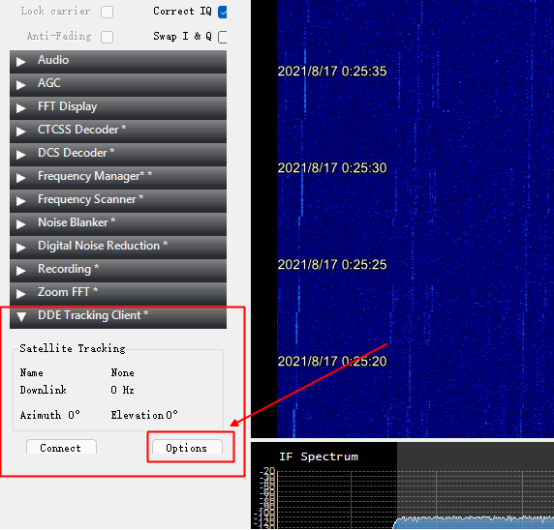
Now just start SDR, and in WXtoIMG press File->Record->Auto record. WXtoIMG will wait until satellite pass (so it’s VERY important to have correct time and date). I also use Orbitron for tracking satellite, which is quite important for me because I’m using DK7ZB 4-element Yagi antenna.
ORBITRON SDRSHARP INSTALL
Just install it and run, click “Load TLE” on the right, select “Weather.tle”, and select NOAA15, 17, 18 and 19 on the list. In visualisation tab (on the bottom) you can choose if you want to see track of satellite, tracks of all satellites, visibility range etc.
ORBITRON SDRSHARP UPDATE
In this software you should update your Keplers too – it asks you to that if they are older than 30 days. If you want do that manually press Alt+F5, select “TLE Updater” tab, and click on the icon with earth and thunder. By pressing ctrl+1 and ctrl+2 you can switch between map and radar view. There’s not too much to say about Audacity. If you want (as I said – it’s not required) just start it, select VAC line and start recording. Difference in satellite pass timings in Orbitron and WXtoImg. You can listen to the track you’re currently recording by setting Edit->Preferences->Recording->Software Playthrough. Hello folks, I am trying to get satellite weather images, and am using RTL-SDR along with Orbitron and WXtoImg, as mentioned here.

But it was observed that there was some difference in the satellite pass prediction times in Orbitron and WXtoImg. This is how my desktop looks like while receiving NOAA:Īnd those are pictures that I’ve received today:Īfter receiving sth have a look at “Enhancements” menu in WXtoIMG, you can make different types of pictures. For example – the first and second pictures are from the same transmission, but the second one is in infra-red – it shows temperature. NOAA sends two pictures – one in visible range, and one in infra-red.Īnd here is my recording of NOAA19 pass, 10:54UTC. You can load it to WXtoIMG (File->Open audio file) and check different enhancement settings.


 0 kommentar(er)
0 kommentar(er)
